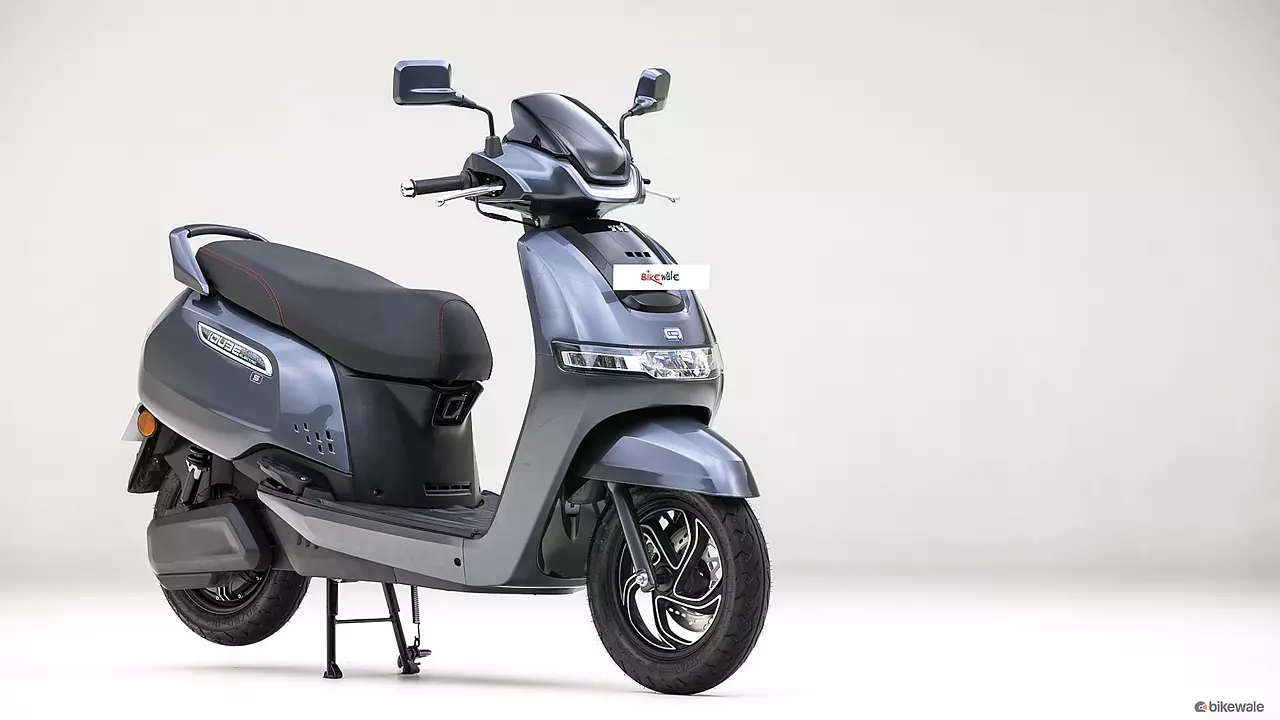Electric vehicles are becoming common on Indian roads. The government is partnering with private companies to make cities EV cities. More and more individuals are considering travelling in electric cars, buses, and two-wheelers for regular travel. However, the success of electric transportation depends on strong infrastructure. Important elements of this transition include government rules, battery replacement, and charging stations. Many Indian cities are attempting to make room for EV users. These cities are setting the standard for future clean transport.
The Future of Clean Transportation
Transport is becoming greener. The transport of the future is being driven by solar-powered charging stations, electric buses, and battery-swapping stations. Self-driving electric vehicles and hydrogen vehicles are being tested by businesses. To lessen traffic, cities all around the world are putting smart traffic management into practice. With the help of these technologies, city transport will become cleaner and more effective.
Government Policies Promoting EV Adoption
The Indian government is encouraging electric mobility through several policies. The Faster Adoption and Manufacturing of Hybrid and Electric Vehicles (FAME) scheme offers incentives to reduce the cost of EVs. Some state governments also provide incentives such as tax rebates and free registration for electric vehicles. These measures are motivating people to shift from petrol to electric vehicles. The installation of charging stations is another area of focus to make cities EV-friendly.
The Need for a Strong Charging Infrastructure
The most pertinent issue among EV consumers is the location of charging stations. Inaccessibility to charging stations is discouraging individuals from purchasing electric vehicles. Public and private stakeholders are deploying more charging stations to overcome the challenge. Delhi, Bengaluru, and Mumbai are dominating fast charger installations. More charging station installations will convince daily commuters to use electric vehicles. Additionally, it will decrease consumers’ range anxiety.
Battery Swapping: A Quick Alternative to Charging
Battery swapping is another alternative to overcome charging constraints. Instead of waiting for a battery to be charged, users can exchange it for a charged battery. The process is time-saving and makes EVs efficient for busy commuters. Several companies are building battery-swapping networks across India. The government is also encouraging this model to build electric mobility infrastructure.
Public Transport and Electric Mobility
Public transport is essential for EV-friendly cities. Most cities are adopting electric buses to reduce pollution and fuel costs. Metro and railway stations also have EV charging points for commuters. These measures encourage individuals to use electric two-wheelers and cars for last-mile connectivity. The adoption of electric public transport will make cities cleaner and greener.
Smart Cities and Electric Vehicle Integration
Indian smart cities are inclining towards electric mobility in urban planning. They are creating better road infrastructure with separate lanes for electric two-wheelers. EV charging points within the infrastructure are gaining popularity in malls and office buildings. These measures allow people to adopt electric vehicles without searching for charging or parking facilities. Planning smart cities is essential for long-term EV adoption.
Top EV-Friendly Cities in India
There are cities that are leading the charge in creating EV-friendly infrastructure. Delhi has imposed stringent policies for encouraging electric vehicles. It provides robust incentives and has an expanding network of charging points. Bengaluru has a range of EV startups and a high concentration of electric two-wheelers. Mumbai is developing its charging infrastructure to accommodate more electric vehicles. Chennai and Hyderabad are also making strides in the EV space. These cities are leading the way for the rest of the nation.
The Role of Private Companies in EV Growth
A significant portion of EV infrastructure is funded by private enterprises. They are introducing more reasonably priced electric two-wheelers, improving batteries, and setting up charging networks. A notable example of an electric scooter made specifically for Indian roads is the Ather 450S. Mobile apps that help consumers locate charging stations in their area are also in the developing phase by businesses. The implementation of such programs enables consumers to acquire EVs.
Challenges in Building an EV-Friendly India
Progress notwithstanding, there are some issues that still plague making India EV-friendly. Batteries are costly, and therefore, electric vehicles are costly. Even with subsidies, many find EVs costly. Charging infrastructure must be expanded to rural areas as well. Power supply issues in certain cities can also hamper the growth of electric mobility. These issues will have to be tackled with regular government support and private-sector investment.
The Future of EV Infrastructure in India
India is going in the right direction towards electric mobility. With added investment in charging stations and battery technology, the country is going EV-way. Ather 450X is an example of how cutting-edge technology is revolutionising electric two-wheelers. More players are entering the EV segment, and it is becoming competitive and innovative. Improvement in policy and infrastructure can make india a world leader in electric mobility.
Conclusion
For a more environmentally friendly world, electric mobility is a necessity, not a fad. Future benefits will accrue to cities that make investments in EV infrastructure now. Technological advancements, better-charging infrastructure, and sound legislation will increase the viability of electric vehicles. India can establish an effective and long-lasting electric transportation ecosystem with continued assistance from the public and commercial sectors.



